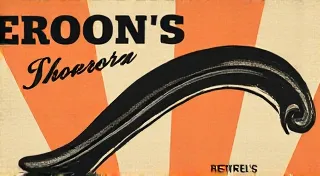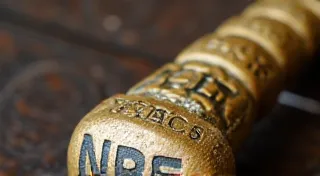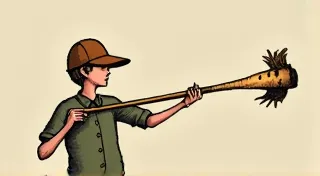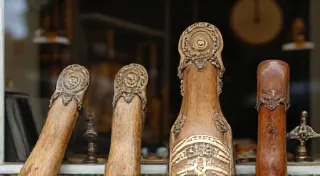Shoehorns and Social Class: A Symbol of Refinement
For those unfamiliar, a shoehorn is a simple tool – a long, slender instrument used to ease the insertion of a foot into a shoe. Yet, throughout history, particularly in the 18th, 19th, and early 20th centuries, the humble shoehorn held a status far beyond its utilitarian function. It became a symbol of social class, refinement, and a carefully cultivated image of gentility. This article delves into the fascinating history of shoehorns and explores how their ownership reflected and reinforced social hierarchies.
The Rise of the Shoehorn in the 18th Century
The popularity of shoehorns can be traced back to the 18th century, a period marked by elaborate fashion and a burgeoning middle class eager to emulate the aristocracy. Shoes, especially those worn by gentlemen, were increasingly made with close-fitting heels to enhance the line of the leg and adhere to prevailing fashion trends. These tight heels, while stylish, made the act of putting them on a difficult, even painful, process without assistance. The shoehorn emerged as a practical solution, but quickly transformed into a fashionable accessory.
Initially, shoehorns were quite plain, often made of bone, ivory, or horn – materials readily available and relatively inexpensive. However, as their usage spread amongst the upper classes, the designs grew more elaborate. They were no longer simply functional tools, but objects of beauty, often intricately carved with crests, monograms, or scenes from mythology. The materials used shifted as well, with silver, gold, and precious stones becoming increasingly common, signifying wealth and status. A gentleman’s shoehorn became as essential to his dressing ritual as his cravat and coat.
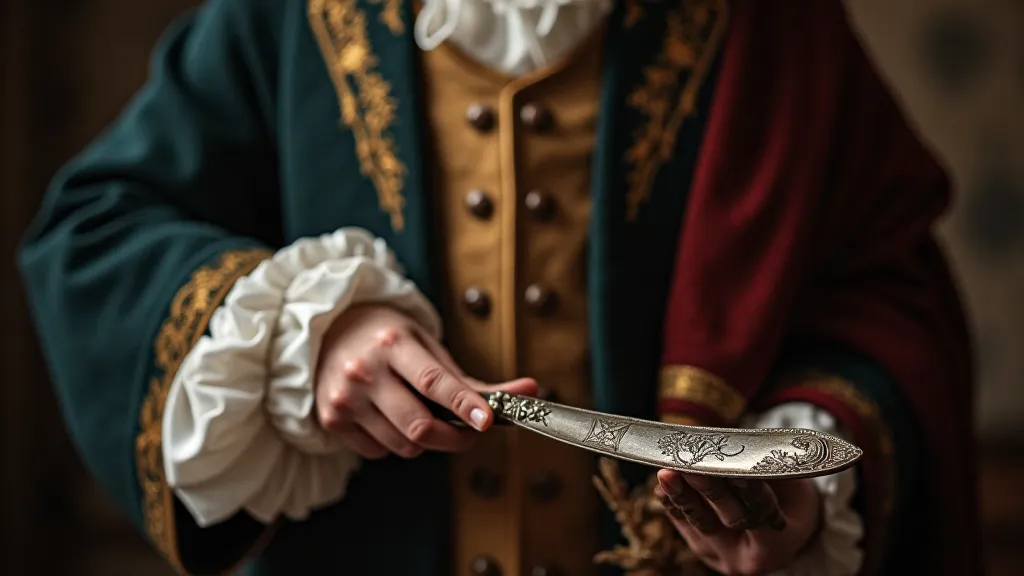
The 19th Century: Shoehorns as Status Symbols
The 19th century cemented the shoehorn's role as a key component of a gentleman's wardrobe. The Victorian era, in particular, saw a dramatic increase in the importance of outward appearances and displays of wealth. Shoehorns became increasingly personalized and extravagant. They were often presented as gifts – christening gifts for boys, engagement gifts for grooms, and wedding presents for couples – marking significant life events and further solidifying their connection to status and refinement.
The materials used in shoehorn production continued to reflect social strata. While bone and horn remained accessible to the middle classes, silver and gold shoehorns, often embellished with enamel or gemstones, were the purview of the aristocracy and the wealthy merchant class. The craftsmanship involved in creating these luxurious shoehorns was also highly valued, with renowned silversmiths and jewelers competing to produce the most beautiful and sought-after pieces. A particularly ornate shoehorn could even be a family heirloom, passed down through generations as a symbol of lineage and prestige.
The act of using a shoehorn also became a performance. A gentleman would deliberately and gracefully retrieve his shoehorn from its designated place – often a dressing table or a specialized box – carefully insert it into the shoe, and ease his foot in with a controlled and elegant motion. This wasn’t merely about getting into shoes; it was about demonstrating one’s breeding, poise, and attention to detail. The slower, more deliberate approach spoke volumes about one’s leisure and social standing.
Shoehorns for Ladies: A Separate, Yet Parallel, History
While traditionally associated with men, ladies also utilized shoehorns, although the designs and their significance differed somewhat. Ladies’ shoehorns tended to be smaller, more delicate, and often adorned with feminine motifs – flowers, ribbons, or romantic scenes. While a gentleman’s shoehorn might have been proudly displayed, a lady’s shoehorn was often kept tucked away in a reticule or kept in her dressing room, indicating a more subtle display of refinement.
Similar to their male counterparts, ladies’ shoehorns reflected social class. More affordable versions were crafted from wood, bone, or horn, while the wealthier ladies possessed shoehorns made of silver, mother-of-pearl, or even gold, reflecting their families' fortunes. The presence of an intricately designed lady’s shoehorn further reinforced the importance of dressing meticulously and maintaining a well-cultivated image.
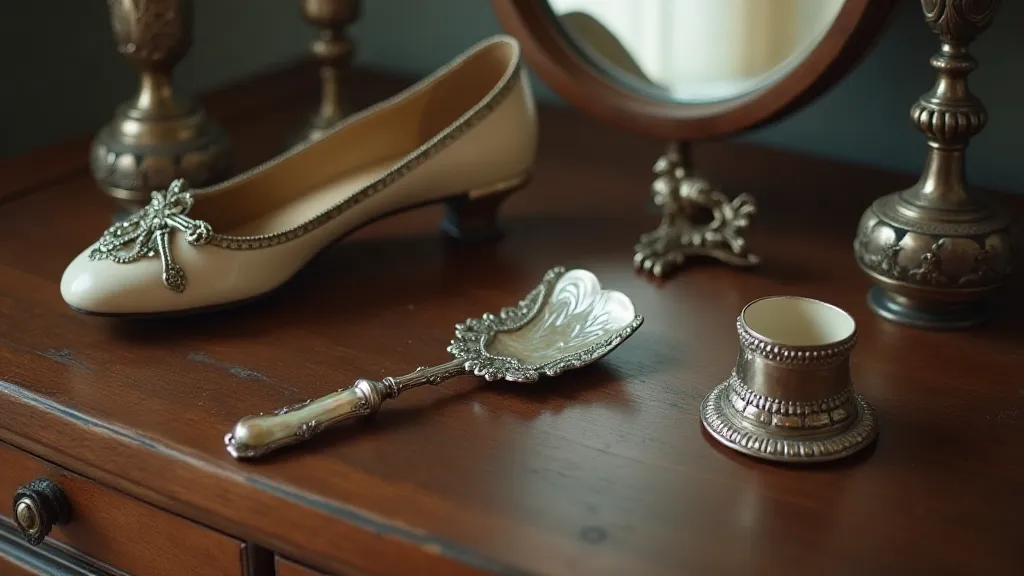
The Decline and Legacy of the Shoehorn
The rise of more comfortable, elastic-backed shoes in the early 20th century began to diminish the necessity of shoehorns. The fashion for tight-fitting shoes waned, and the elaborate rituals surrounding dressing gradually simplified. While shoehorns didn’t disappear entirely, their prominence as status symbols faded.
Today, vintage shoehorns are cherished by collectors for their beauty, craftsmanship, and historical significance. They offer a fascinating glimpse into a bygone era when outward appearances and meticulous attention to detail were paramount. Each shoehorn tells a story – a story of social class, refinement, and the enduring human desire to project a carefully constructed image of oneself.
Collecting Vintage Shoehorns: What to Look For
For those interested in collecting vintage shoehorns, several factors can influence value and desirability:
- Material: Silver and gold shoehorns, particularly those with intricate engravings or embellishments, are generally more valuable than those made from bone or horn.
- Design: Unique and well-executed designs, such as those featuring crests, monograms, or elaborate scenes, command higher prices.
- Condition: While some signs of age are expected, shoehorns in excellent condition with minimal wear are more desirable.
- Provenance: Knowledge of the shoehorn's history – who owned it and where it came from – can significantly enhance its value.
- Rarity: Unusual or rare materials or designs will naturally fetch higher prices.
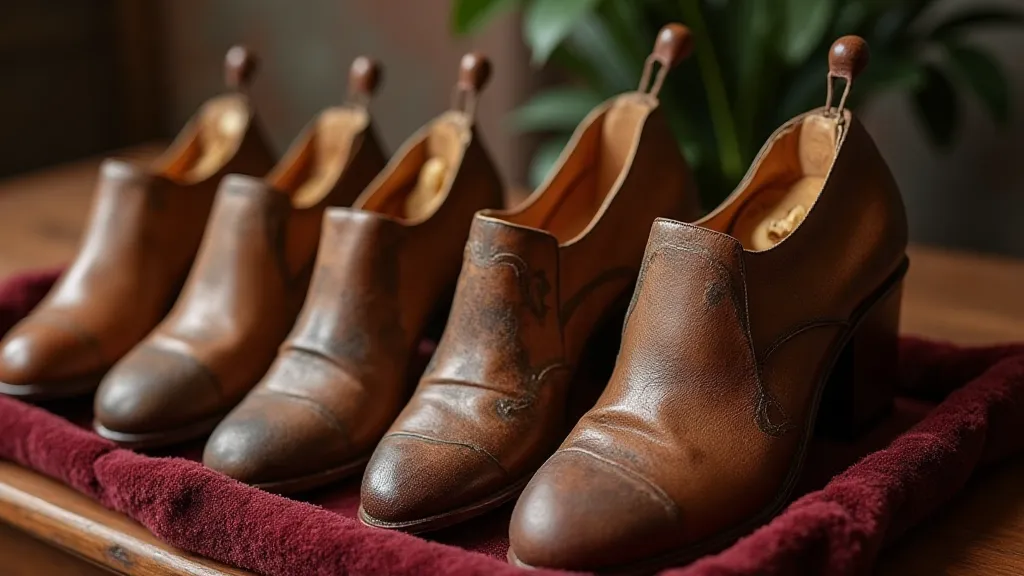
Owning a vintage shoehorn is more than just possessing a functional object; it's holding a tangible piece of history, a reminder of an era when even the simplest act of putting on a shoe could be a carefully orchestrated performance of refinement and social standing.

